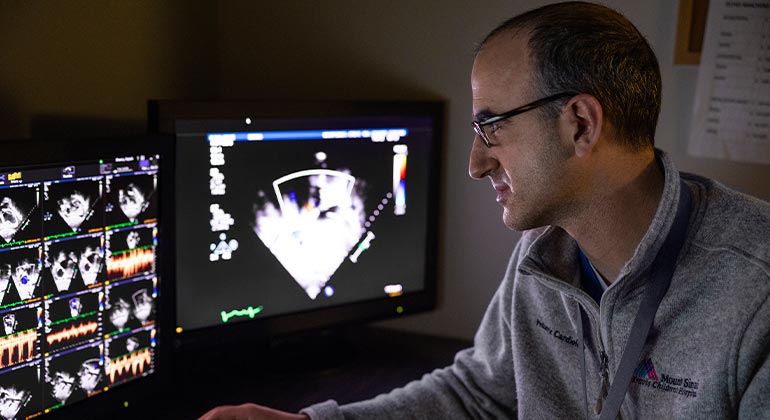
There are many laws that govern visiting hours at children's hospitals. Different hospitals may have different rules. For example, Mount Sinai Children's Hospital allows visitors to stay with COVID-19-exposed children 24 hours a day. Although the rules are different for each hospital, there are some commonalities. This article will provide information about COVID-19 visiting times and how hospitals handle this issue. This information is intended to help you understand the laws so that your child receives the best possible care.
Kaleida Health has a limited visitation policy
Kaleida Health's children’s hospitals are open to visitors. They must be at minimum 12 years of age, and must be closely supervised at all hours. At arrival, visitors will need to undergo a COVID screening and be screened for temperature. Hospital protocol requires that all visitors follow, and wear a mask while inside the patient's bedroom. Visitors are not permitted to bring any sick family members into the Hospital.

Nemours policies on COVID-19
Visitors may visit a child in the hospital during specific visiting hours. The policy of Nemours regarding COVID-19 visiting hours can vary depending on the child's condition. Visitation is not permitted during lockdown. The patient must be accompanied by a parent or legal representative. In certain cases of emergency, like natural disasters and severe weather, visitation may be restricted. The hospital may limit visitor hours in the event of COVID-19, or an infectious disease epidemic.
Cincinnati Children's COVID-19 policy
Cincinnati Children's' visiting hours are determined based on each patient's individual needs. Some patients can have unlimited visits per day. Visitors may enter the hospital through the main lobby or the emergency department. The Emergency Department allows two visitors per patient. If a patient is at the end of their illness, visiting hours can be modified. In addition, visitors may be excluded for various reasons, including the patient's special needs, end-of-life care, or COVID-19.
Mount Sinai Children's policy on COVID-19 visitors
Mount Sinai Medical Center will be changing its policy about COVID-19 visitors because of the increase in coronavirus infections. COVID-19 patients cannot have visitors to the medical center starting Friday. In place of having visitors, patients cannot have more than one in the emergency department, labor and birth unit, or NICU. All visitors must register when they enter the hospital.

Mount Sinai Children's Policy on Latex Balloons
Many hospitals now have a no latex balloons policy. This policy is intended reduce latex exposure among children. It can cause serious side effects including anaphylactic shock, breathing problems, and rash. This is especially important for children with a history of bladder, spinal, and other medical problems. This policy is also designed to help prevent injuries to patients with cleft palates and other types of gastrointestinal problems.
FAQ
How can our health system be improved?
We can improve health care by ensuring that everyone is provided high-quality medical care, no matter where they are located or what their insurance status.
We should ensure that all children receive necessary vaccinations, so they don't develop preventable diseases like measles, mumps, and rubella (MMR).
It is important that we continue to work for lower costs of health care and ensure that it remains affordable to all.
What are medical systems and what do they mean?
Medical systems were designed to make people live longer and more healthy lives. They make sure patients receive the best care when they need it.
They ensure that the right treatment is given at the correct time. They provide doctors with the necessary information to help them give the best possible advice about the treatment that would be most effective for each patient.
What is the importance and purpose of the health system?
A country's economy is only as strong as its health care system. It allows people to live longer and healthier lives. It also creates jobs for doctors, nurses, and other medical professionals.
All income levels are eligible for quality healthcare services through the Health Care Systems.
You will need to be able to comprehend the functioning of healthcare systems if your goal is to be a doctor or nurse.
What are the benefits of having medical systems?
People in developing nations often do not have access to basic health care. Many people who live in these areas are affected by infectious diseases such as malaria and tuberculosis, which can lead to premature death.
People in developed countries get routine checks and see their general practitioners for minor ailments. Yet, many people suffer from chronic diseases such as diabetes and heart disease.
Statistics
- Healthcare Occupations PRINTER-FRIENDLY Employment in healthcare occupations is projected to grow 16 percent from 2020 to 2030, much faster than the average for all occupations, adding about 2.6 million new jobs. (bls.gov)
- Over the first twenty-five years of this transformation, government contributions to healthcare expenditures have dropped from 36% to 15%, with the burden of managing this decrease falling largely on patients. (en.wikipedia.org)
- Price Increases, Aging Push Sector To 20 Percent Of Economy". (en.wikipedia.org)
- For instance, Chinese hospital charges tend toward 50% for drugs, another major percentage for equipment, and a small percentage for healthcare professional fees. (en.wikipedia.org)
- The healthcare sector is one of the largest and most complex in the U.S. economy, accounting for 18% of gross domestic product (GDP) in 2020.1 (investopedia.com)
External Links
How To
What are the four Health Systems?
Healthcare systems are complex networks of institutions such as hospitals and clinics, pharmaceutical companies or insurance providers, government agencies and public health officials.
This project had the overall goal to create an infographic to explain the US's health care system to anyone who wanted it.
Here are some key points.
-
Annual healthcare spending totals $2 trillion and represents 17% GDP. That's more than twice the total defense budget!
-
In 2015, medical inflation reached 6.6%, which is higher than any other consumer category.
-
On average, Americans spend 9% of their income on health costs.
-
As of 2014, there were over 300 million uninsured Americans.
-
Although the Affordable Healthcare Act (ACA), was passed into law, implementation has not been completed. There are still gaps in coverage.
-
The majority of Americans think that the ACA needs to be improved.
-
The United States spends more on healthcare than any other country.
-
Affordable healthcare would mean that every American has access to it. The annual cost would be $2.8 trillion.
-
Medicare, Medicaid, and private insurers cover 56% of all healthcare spending.
-
There are three main reasons people don't get insurance: not being able or able to pay it ($25 billion), not having the time ($16.4 billion) and not knowing about it ($14.7 trillion).
-
HMO (health management organization) and PPO(preferred provider organisation) are the two types of plans.
-
Private insurance covers the majority of services including doctors, dentists and prescriptions.
-
The public programs include hospitalization, outpatient surgery and nursing homes. They also cover long-term care and hospice care.
-
Medicare is a federal program that provides senior citizens with health coverage. It pays for hospital stays and skilled nursing facility stays.
-
Medicaid is a joint federal-state program that provides financial assistance for low-income individuals or families who earn too little to qualify for other benefits.